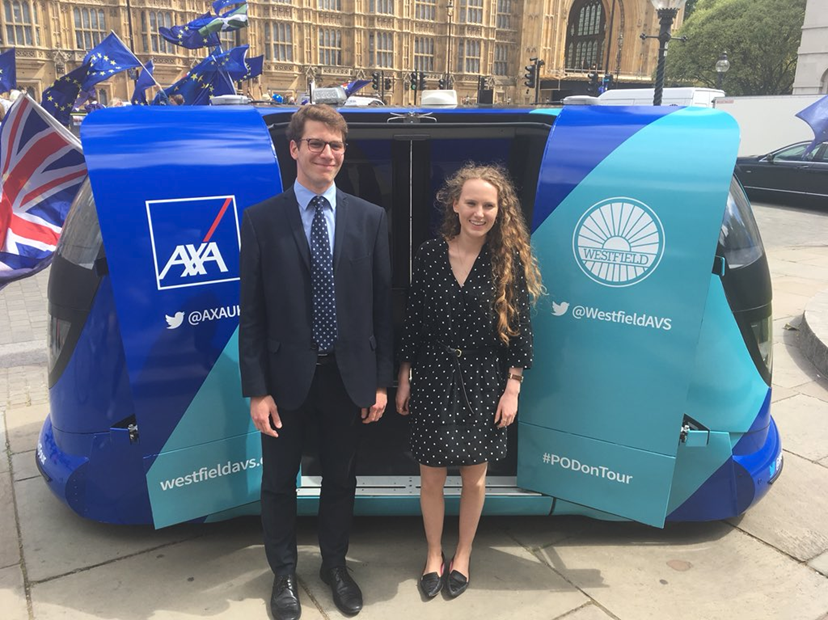The Automated and Electric Vehicles Bill has received Royal Assent, putting into place the regulatory framework that will allow insurers to insure automated vehicles (AVs) when they start appearing on the road from 2021 onwards. The legislation means that insurers have the right to recover costs when technology failure causes an accident, meaning drivers are not unfairly held responsible for accidents they could do nothing to prevent. The Bill adopts the ABI and wider insurance industry’s proposals for the new insurance framework, giving clarity to consumers. The Government has already invested £250m into major research projects, employing 1,000 people, and DfT expects that by 2035 the AV industry will be worth £50bn to the UK economy.
AVs are a really good example of where insurers are investing in innovation, with ABI members DLG, AXA, XL Catlin and RSA among those working on AV pilot projects across the UK. I got the chance to see AXA’s driverless pod Capri in Parliament a few weeks ago, a small but mighty pod that is in the process of running trials in the Olympic park. It is important that expectations are not too hyped up by the excitement of “driverless cars”; the AVs that start appearing on the roads from 2021 will have more modest features such as automatic breaking and collision avoidance systems. The cars will not be able to drive themselves, and the person behind the steering wheel must be prepared to take back control of the car at any time when the vehicle is operating in automated mode. Fully driverless pods used for public transport may start appearing in the next 10 years, while driverless cars for consumers may be further in the future.

